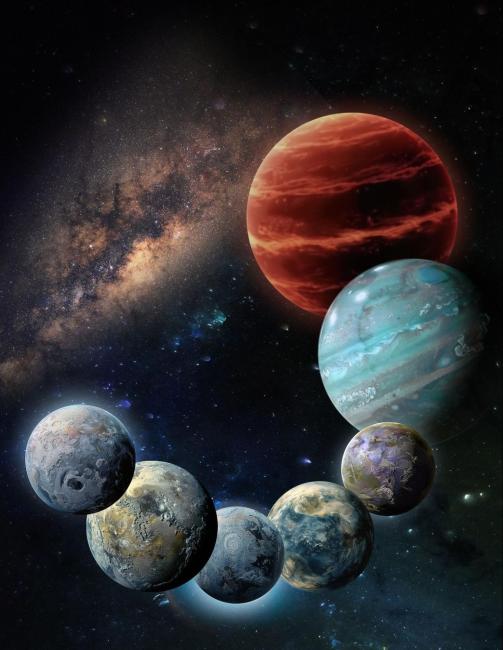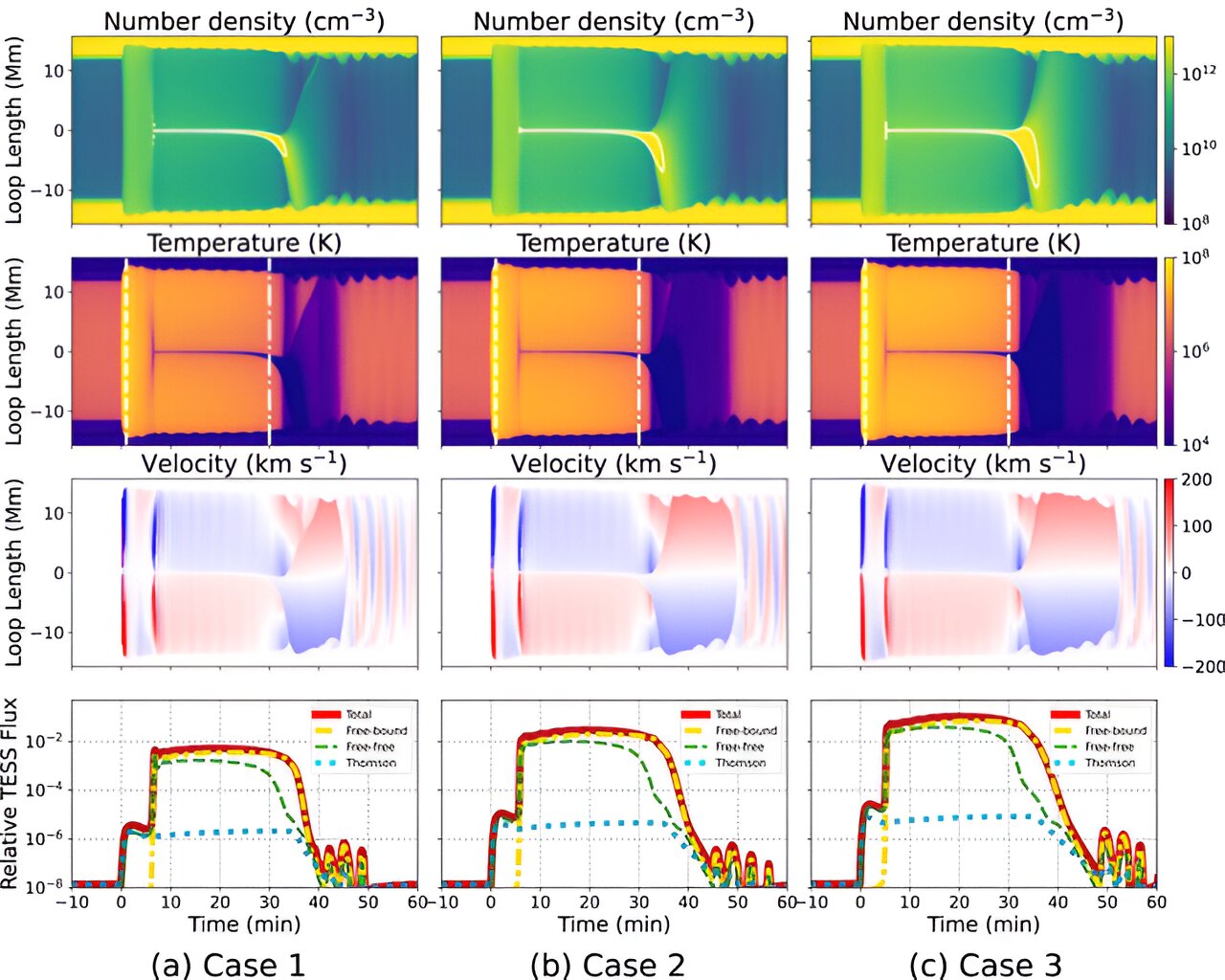
Credit: Westlake University
A new study shows that planets bigger than Earth and smaller than Neptune are common outside the Solar System.
An international team including astronomers from the Center for Astrophysics | Harvard & Smithsonian (CfA) has announced the discovery of a planet about twice the size of Earth orbiting its star farther out than Saturn is to the sun.
These results are another examp...
Read More









Recent Comments